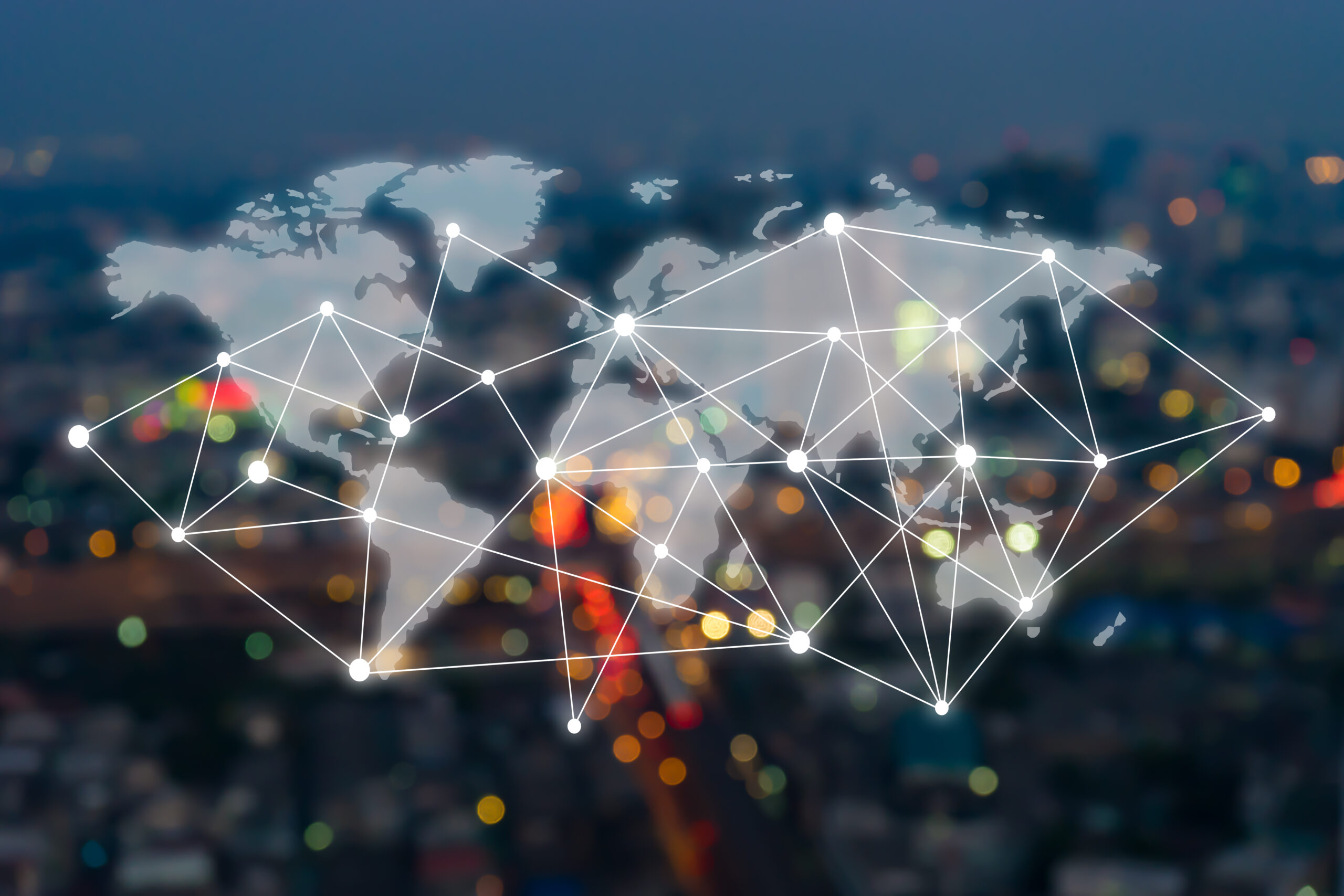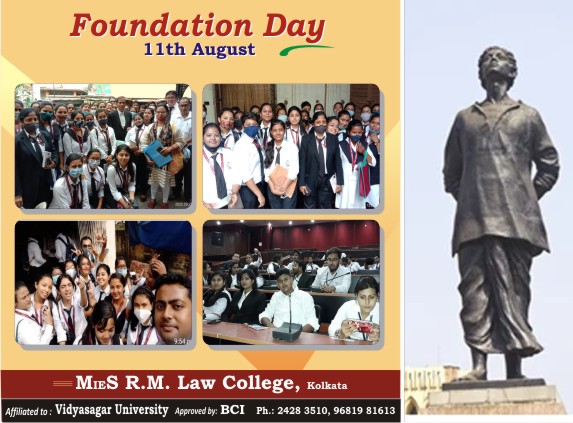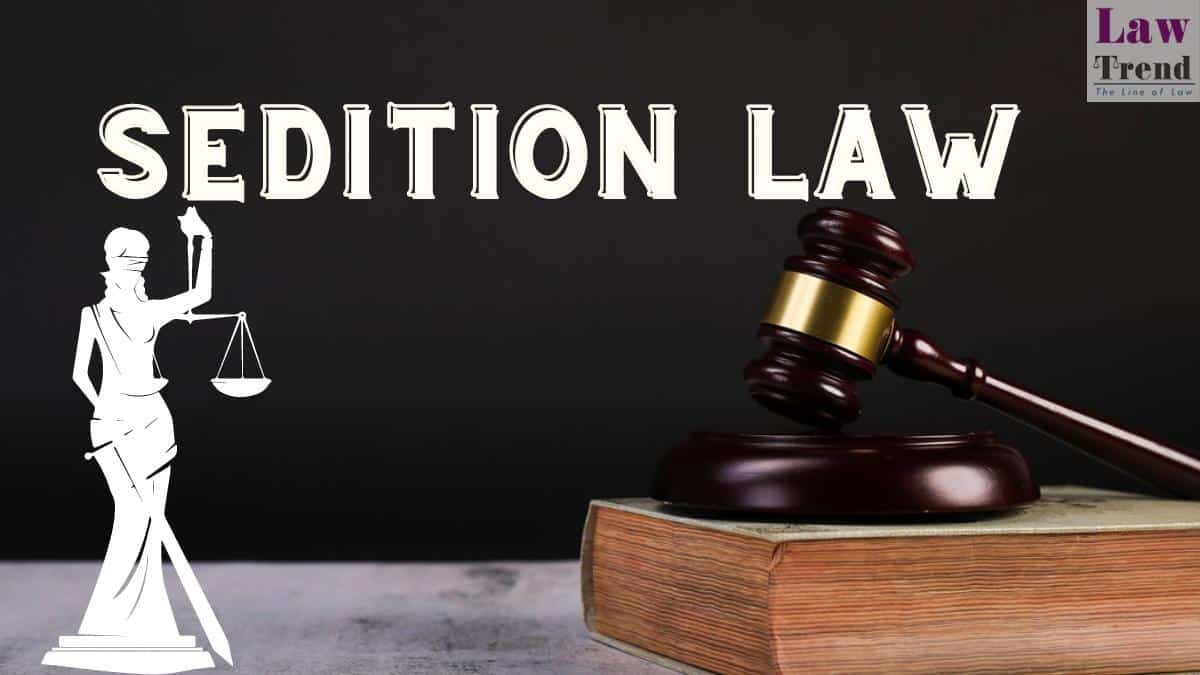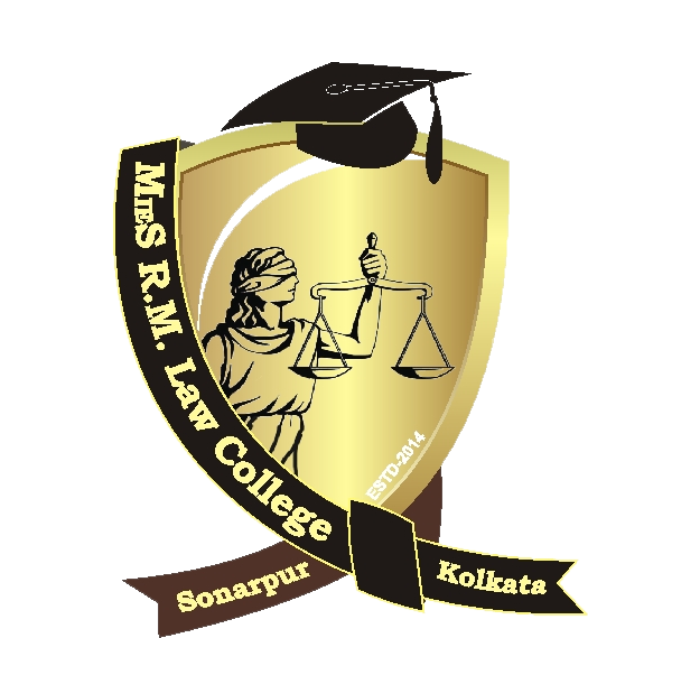Cyberspace and its impact on people of the world
An article on “Cyberspace and its impact upon people of the world” was written by Soumik Ash. He is an Assistant Professor at MIES R M Law College, an excellent West Bengal law college. MIES R M Law College is one of the best law schools in Kolkata, situated at Sonarpur, South Kolkata. It has completed many years of its glorious journey in the field of law education. MIES R M Law College is one of the best legal education providers in India. MIES R M Law College is one of the topmost renowned Law Colleges in India. Recognized under Vidyasagar University and approved by the Bar Council of India.
What is Cyberspace?
Cyberspace is a dynamic virtual world of space that connects by the internet and other network systems of computers. Cyberspace and the human brain are interconnected. Therefore, able to make & create a vast global network of interconnected information technology infrastructures, telecommunication networks, and computer systems. It is used for many activities including communication, sharing information, and conducting business. It also creates related social media platforms search as Facebook, Twitter, and LinkedIn altogether virtual world and beautiful computer-generated environment where users can interact and explore a much-simulated world has we everybody can see and realize in this age.
Types of Cyberspace in the Context of Cyberspace and its impact
Cyberspace can be viewed as three layers – physical, logical, and social for computing telecommunication devices that allow for the connection of technological and communication system networks understood in the broadest sense (SCADS) devices smartphones/tablets, computer services, etc.
A little further insight into Cyberspace:
Cyberspace is termed as a virtual and dynamic domain created by computer clones. Cyberspace best describes the immaterial space where interactions through digital networks, the internet, and computer systems take place. Firstly began by sci-fi pioneer William Gibson writing in his 1984 novel “Neuromancer” and then subsequently looking forward to a virtual reality where users were capable of moving through 3-dimensional digital spaces, cyberspace was initially developed in the early nineties. While the concept has matured over time, its essence remains consistent. An area of making a tiny realm of human faculties prone to technology. Cyberspace is fundamentally dependent on technical advancement and innovation. All digital interactions in this space, including sending emails, visiting websites, and using social media are part of cyberspace.
Our modern world is enfolded with the idea of “cyberspace” and it has been a trend during the last decades that requires people to adapt their habits and even political situations on an international scene becoming increasingly dependent on computers. The first question that arises is, who would decide and for that matter what is the cyberspace civilization ecosystem carrying for our times? Such exploration implies searching the heart of the global network space, allocating it to its components, characteristics, and diverse aspects such as the individual, the groups, and the general civil perception.
Concept of Cyberspace:
The Internet encompasses the area or place formed by the interconnection of computers where communication of information is done digitally. This is the area concerned with facilitating communication and sharing information through the Internet. Be it through access to websites, emails, or social networks, among other things. The term is as broad and abstract as it covers all the modes of communication and exchange of information through computer networks. Therefore can be looked at as a general heading that covers all the forms of communication in the digital world. Cyberspace, therefore, embraces not only cyberspace, such as the internet but also other digital and electronic.
History of Cyberspace with respect to Cyberspace and its impact
1. Early Foundations:-
1940s–1960s: Initial foundations of cyberspace were created together with the creation of the first computers and networks, such as ARPANET, which may be considered one of the first precursors of the Internet.
2. The term “Cyberspace”:-
1982: The terms “cyberspace,” cyberculture, cyberpunk, etc. First used by the American Canadian science fiction author William Gibson in his short story “Burning Chrome”. And then in his novel “Neuromancer,” published in August 1984. It has become common to refer to a new, vast world of digital communication and connectivity.
3. Development of the Internet:-
1980s–1990s: Cyberspace became part of people’s lives with technologies such as the World Wide Web by Tim Berners-Lee and personal computers. When WWW developed, the Internet emerged as a web of millions of computers around the world. That provided access to information, started a global communication system and became the world’s largest marketplace.
4. Expansion and commercialization:-
1990s–2000s: The internet further developed with the availability of e-commerce, electronic communities, social networks, and multimedia content. This period also realized the fact that the digital domain has become a part of people’s daily lives and indeed of business.
5. Mobile and Social Media as the New Media:-
2000s–Present: The availability and trending use of smartphones and other mobile gadgets increased the opportunity for the internet, hence making it universal. Hence, applications such as Facebook, Twitter, and Instagram changed social connections, relationships, and how people communicate online and socially.
6. Cyber Security and Governance:-
Recent Years: Similarly, as cyberspace has expanded. Concerns about cyber security, privacy, and the ethical use of digital technologies have also increased. People, as well as governments and organizations, have encountered questions connected to cybercriminals, personal data control, and the regulation of cyberspace.
Components of Cyberspace:-
Here are some of the components of cyberspace that are as follows:
Networks: The basis of cyberspace is computer network architecture consisting of access networks. MANs and WANs often extend to devices operating as channels through which data are relayed. These networks may involve a great radius as in the case of single buildings. Or astronomically long distances as is the case with space-based networks. They may employ media as diverse as electrical cables. Wirelines to switching nodes and bridges as well as spanning the whole universe.
The Internet: Mainly among the various features of this phenomenal space of cyberspace the Internet is undoubtedly the most remarkable. Also, a complex structure of structures is essentially used as a communication channel for the distribution of information & also online business platforms. The internet is like a mixture of cyberspace that has websites where messages are sent and stuff for entertainment purposes like online games and social networks.
Major Components of Cyberspace:-
Data: It is data that guarantees the magnetic Connections of the peoples of Cyberspace. Information is rushing over the net at billions of bits per second. Data as a whole has many different formats that can be written, images, videos, or files. It would be virtually impossible to expect any online activity undertaken without data being exchanged or compromised.
Digital Platforms: It`s a virtual world that exists in the form of digital as well as online systems that provide services. As well as resources via active interaction. Such a digital suitcase incorporating social media and search platforms as well as cloud storage. An online marketplace is the building block of the framework of the digital world.
Characteristics of Cyberspace:-
Here are some of the key characteristics of cyberspace, which include:
Borderless: While contrasting with real-world areas being strictly separated by geographic boundaries. Cyberspace is beyond classifications and does not have consideration of geographic location in its connectivity instantaneously. This borderless condition creates a high level of international cooperation as a positive side. And can raise many of the challenges to cybersecurity as a disadvantage.
Dynamic: Cyberspace is characterized by high strength, arising from technological innovations, among the people who access it, and the legal frameworks. Culture appears on the scene in a flash, old technologies keep getting updated, and the threat of cyber-attacks continuously renews itself and lays new and new challenges as the digital space changes around the clock.
Accessible: The cyberspace idea is the comparison of it with the inhabitants of Earth, in that anyone with an internet connection can gain access to the information and resources that would supposedly go for a long period without others. However, the overall national level of digital infrastructure, social factors, and governmental constraints are the possible issues for reaching the space of cyber for some populations.
Anonymous: The users of the internet cannot be identified in the digital space because the anonymity of virtual presence allows them to know privately without disclosing their real names. Whilst on one side, anonymity can mean privacy and defense, it can also offer a great chance for bad guys to commit web crimes like cybercrimes and online harassment.
Challenges and Considerations in regards Cyberspace and its impact
Cyberspace presents an array of challenges and considerations that are as follows:-
Cyber Security: The cyber-realm breeds its intensity-in-scale dangers, with the increase in the use of malware, phishing attacks, data leakages, and cyber wars. Shielding the computerized info and Maintaining online safety is still an ongoing issue for people, enterprises, and governments.
Privacy: The obtaining and the proper use of personal information not within physical space can be considered the main problem that is connected to privacy. For instance, data tracking, data surveillance, and unauthorized usage of personal data ask for the implementation of necessary data privacy controls.
Digital Divide: Unequal access to the net and computer literacy as well as less information contribute to the formation of the chess paradigm meaning that those people who don’t have enough resources and expertise to utilize the cyber world fully are excluded from these processes. Bridging this gap is a foremost priority for giving everyone the same chance to fully benefit from digital opportunities and a more equal platform.
Regulation and Governance: The undefinable scope of online activities and access to electronic spaces creates a huge problem for government circles as there are no clear rules to govern them. It is vital, at the same time, to maintain freedom of speech prevailing over the Net, yet some boundaries should be set up with no excessive limitation. Policymakers and digital platforms have a great challenge to fight against the negative content that goes beyond the liberality principle and proscribed acts.
Some common components of cyberspace:-
The essential components of cyberspace are networks such as LANs, WANs, etc., data, the internet, and digital platforms for communications like social media platforms as well as marketplaces, which are the main elements of cyberspace.
Further facilities of Cyberspace :
(a) Online Communication:
People can send and receive emails, messages & other forms of communication.
(b) Data-exchange:
People can share files, information & other digital content.
(c) Digital Interactions:
People can interact with each other, create art, play games, and many more.
(d) Economic Transactions:
People can conduct business and other financial transactions.
(e) Virtual Reality:
People can experience virtual objects such as buildings or other designs.
What is a cyberspace attack :
Cyberspace attack aims to disable, disrupt, destroy, or unauthorized control computer systems or to gain unauthorized access to computer systems of any individual or concern or company or any organization or any sector of the government agencies/organizations of any country.
How to resist the probable threats or attacks in cyberspace:
- Use strong & unique passwords for each account.
- Regularly updating software and operating systems.
- Installing a reliable anti-virus program.
- Implementing a firewall to monitor and control network traffic to prevent unauthorized access.
- Backing up data regularly to minimize data loss in case of cyber-attacks to avoid serious downfall.
- Train up staff personnel about cyber security rules and consequences of cyber-attacks etc.
Conclusion of Cyberspace and its impact
Cyberspace is a fundamental necessity in the modern world. And it has no boundaries as it is a virtual space with no mass or gravity. It is an inter-connected digital environment where people can interact and exchange freely, and comfortably & to achieve one’s intended goals. It is easier, faster & comfortable to handle, entertain and enjoy. Considering all merits or demerits whatsoever, it is no doubt a great blessing to the present world & people. So as a wise person, we first know about Cyberspace and its impact. And then we use it with caution. Hope, I was able to explain the whole concept and the pros & cons of Cyberspace and its impact through this article
MIES R M Law College is one of the law colleges in south Kolkata which provides three-year LL.B degree courses. MIES R M Law College (Under the MIES R M Foundation Trust) has a highly qualified and competent team of faculty, enormous world-class infrastructure, and facilities most conducive to academic pursuit, along with its remarkably successful campus placements along student-friendly environment. We take extra care for our academically poor students. This is one of The Top Law colleges in West Bengal.





